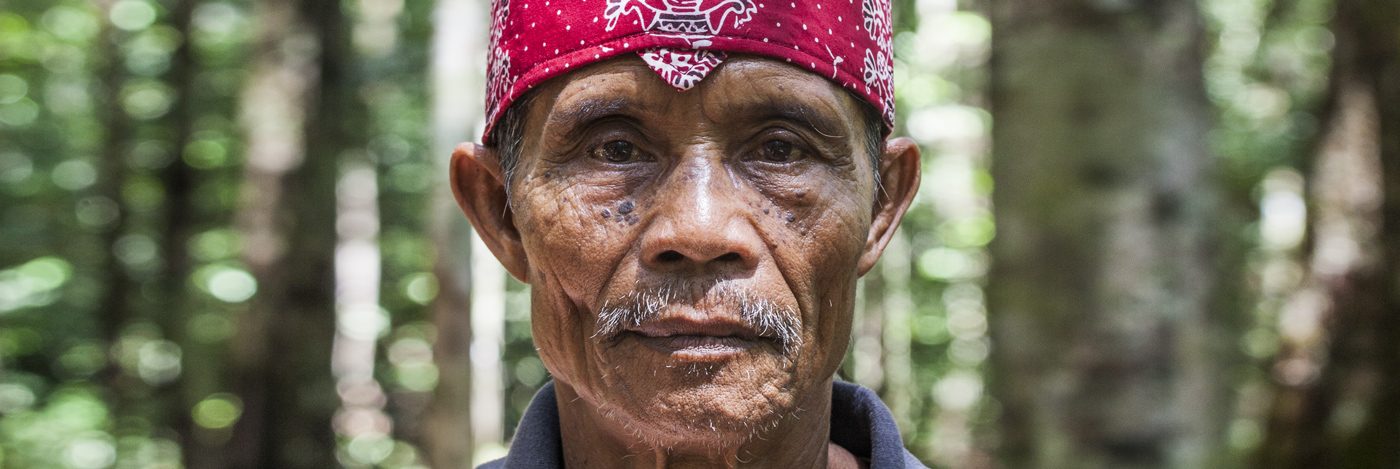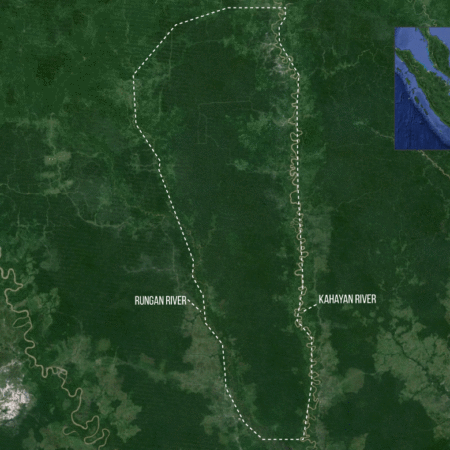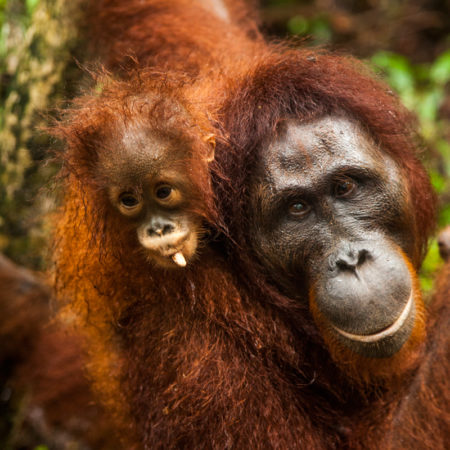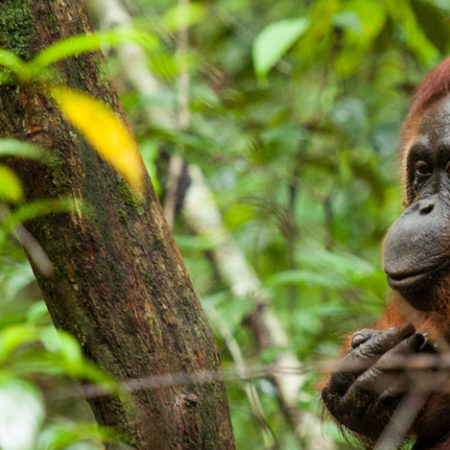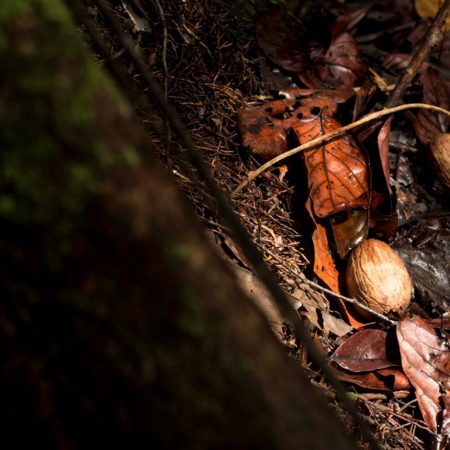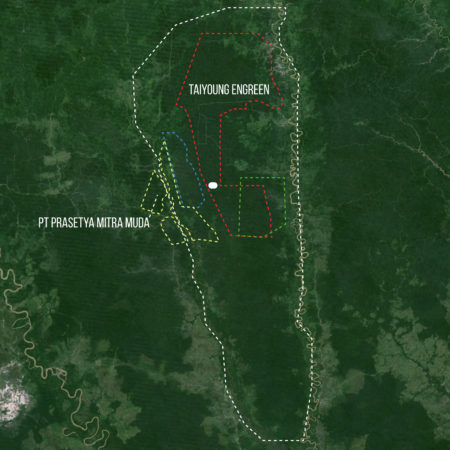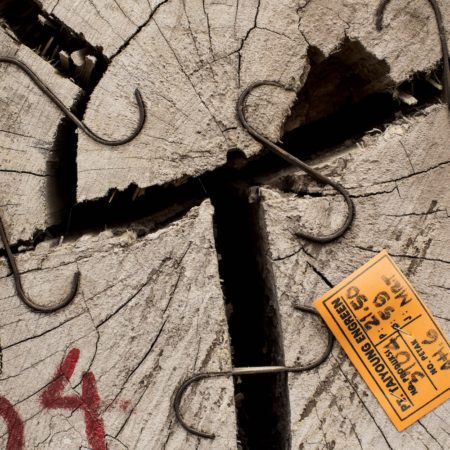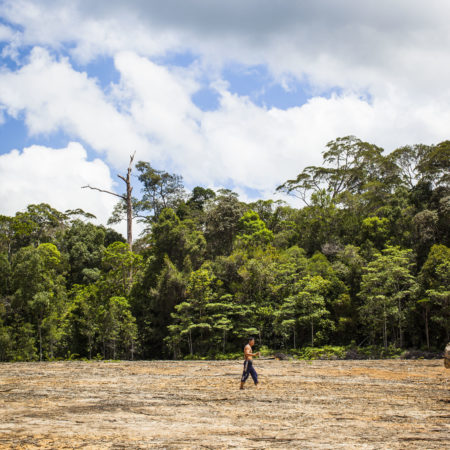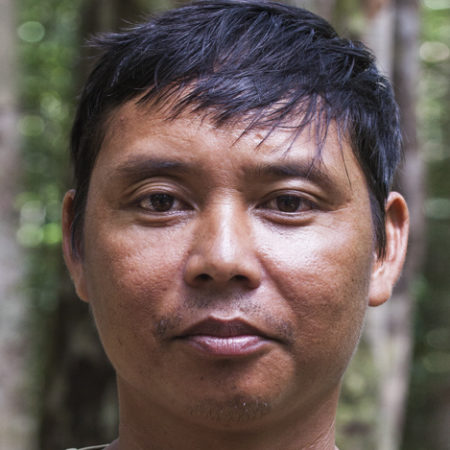The pillaging of paradise
With rich forests, fertile soils and reported mineral ores, it was only a matter of time before the Rungan-Kahayan landscape became attractive to agribusinesses and its relative remoteness ceased to be a barrier in the context of a dwindling availability of land.
In recent years, the number of permit applications, allocations and illegal operations has increased dramatically in the Gunung Mas and Palangkaraya Regencies which the area straddles. Over the 100,000 ha area between the Rungan and Kahayan rivers alone, 10 industrial concessions at varying degrees of legal compliance have split up the land between timber extraction, mining and plantations of acacia and oil palm.
If the way similar operations have been carried out in the rest of Central Kalimantan is anything to go by, the pristine Rungan-Kahayan landscape is headed for environmental destruction.
And this would not be the only devastating consequence.
Partnerships for protection
In the face of this mounting pressure on their lands, villagers and local communities have started to look into strategies to safeguard their resources. Some have engaged in open confrontations with companies accessing their forests and have managed to stop some clearing operations. In the community of Mungku Baru, the biggest in the landscape, villagers are looking into more official, long-term solutions such as designating a 20,000 ha portion of the land as hutan adat (community forest). This designation would include the sacred ulin forest, but the process is a slow one.
Mungku Baru reached out to the Borneo Nature Foundation in 2010 to carry out the preliminary surveys necessary to apply for hulan adat designation. The compelling results of these preliminary surveys in hand, the Borneo Nature Foundation has taken a leading role in a consortium of community groups, NGOs, academic and government bodies to understand, promote and ultimately preserve this threatened forest.
The Foundation has since worked tirelessly to continue surveying the biodiversity in part of the landscape and to promote it at national level, including at the latest orangutan Population and Habitat Viability Assessment (PHVA) meeting held in in Bogor during May 2016.
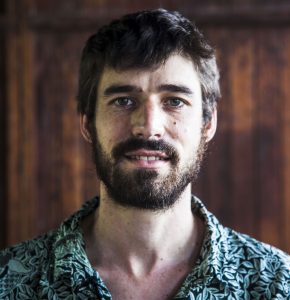
Bernat Ripoll Capilla, Borneo Nature Foundation
“The most important thing to understand is that the area is not protected but holds many endangered species … The preliminary survey found that it is a very important forest, a hotspot for Asia”
– Bernat Ripoll Capilla, Borneo Nature Foundation
A team from the Muhammadiyah University in Palangkaraya, led by Ibu Siti Maemunah, Dean of the Faculty of Forestry and Agriculture, has been playing an key role at the local level during the past few months, coordinating efforts with Mungku Baru to secure the protection of its sacred forest from the operations of PT Taiyoung Engreen. The company has agreed not to enter the ulin forest and to set aside the sacred 500 ha from clear cutting; an application is currently under way with local authorities to give legal recognition to Mungku Baru for its rights and access to the forest.
In parallel, Ibu Siti has managed to secure from the Kabupaten of Palangkaraya 5,000 ha of forest which is now dedicated to education in sustainable forest management for the students of Muhammadiyah University. All the in-depth surveys carried out this year by the Borneo Nature Foundation were led in the education forest.
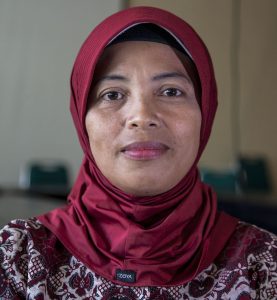
Ibu Siti Maemunah, Muhammadiyah University
“Our hope is to fight together to obtain from Government a legal SK status for the indigenous forest, which has been highlighted as a matter of importance to the community, also as a broader question of the sovereignty of indigenous communities across Indonesia. Our effort is to seek legal status and hope that the forest could be managed by the Mungku Baru community itself, with only our assistance”
– Ibu Siti Maemunah, Muhammadiyah University
By coordinating efforts at the local level, Ibu Siti has also managed to promote the forests to local authorities, many of which are sympathetic to the objectives of the consortium. So much has been achieved by united efforts that there is now hope for the preservation of more of the Rungan-Kahayan landscape – but the fight is far from over to achieve its full protection from further destruction.

